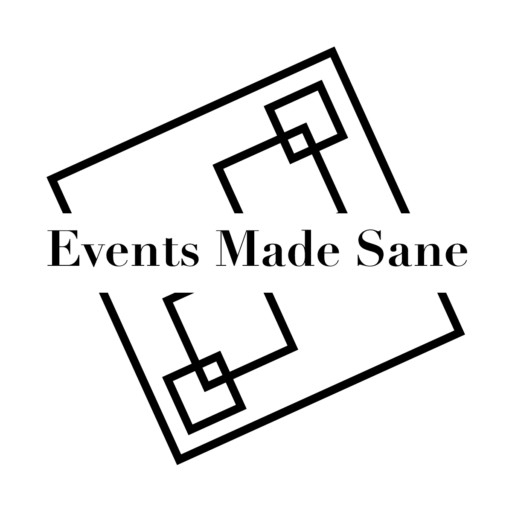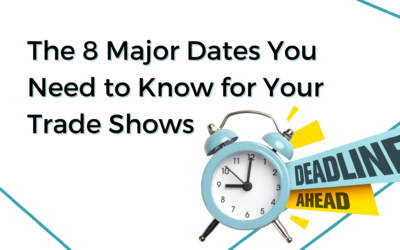Trade shows are a great way for businesses to showcase their products and connect with potential clients. However, not every interaction at a trade show is worthwhile. Let’s explore the art of disengaging from non-target customers on the trade show floor, helping you use your time and energy on the people you are there to see.
Identifying Non-Target Customers:
Before talking about how to disengage, it’s important to be able to identify non-target customers in a trade show environment. So how do you know who your perfect customer is?
1. Craft a Clear Ideal Customer Profile
To be able to disengage from non-target customers, you need to have a well-defined ideal customer profile. Understand your target audience’s demographics, needs, and pain points. This allows your team to quickly identify prospects who align with your business goals and politely disengage from those who don’t.
2. Qualify Leads Early
Create a stong lead qualification process to identify potential customers early in your conversations. Using open-ended questions to discover their needs and challenges. This allows you to gauge their needs and if you can solve them. This proactive approach ensures that you invest time in conversations that have the potential to yield positive outcomes.
Once you’ve identified non-target customers, it’s time to use effective disengagement strategies that maintain professionalism and preserve your brand image.
Disengagement Strategies:
1. Politely Redirect:
When it becomes evident that the person or business you are engaging with does not fit your target profile, politely redirect the conversation. Express your gratitude for their time and interest, and then guide the discussion towards a more relevant topic. This redirection helps you steer the conversation in a productive direction without alienating potential leads.
2. Provide Resources:
Offering helpful resources can be an excellent way to disengage from non-target customers while still providing value. Share brochures, pamphlets, or digital materials that highlight your products and services. Politely explain that your offerings may not align with their current needs but that they can refer to the provided resources for future reference.
3. Schedule Follow-Up
If you sense a potential opportunity in the future, don’t dismiss non-target customers entirely. Instead, schedule a follow-up meeting or call to explore things at a later date. This approach conveys professionalism and leaves the door open for future interactions without compromising your immediate trade show goals.
4. Be Honest
Honesty is a cornerstone of effective disengagement. If it becomes clear that your offerings aren’t a good fit, be transparent about it. Politely communicate that you appreciate their time but you want to ensure that they maximize their time on the trade show floor. Honesty fosters trust and ensures that both parties can move forward without false expectations.
Trade shows present a great opportunity for businesses to connect with potential customers and elevate their brand presence. However, engaging with non-target customers can drain resources and diminish your efforts. By identifying non-target customers early, staying professional, and using solid disengagement techniques, you use your time on the trade show floor effectively. Mastering the art of disengaging from non-target customers is a great skill that will help the success of your trade show.
Want more? Here are 5 Things Your Trade Show Staff Should Know.
The 8 Major Dates You Need to Know for Your Trade Shows
Tradeshow are very deadline focused. There can be dozens of dates that you need to keep track of to ensure you are following the rules and getting the best discounts. These deadlines can make or break your show. Lets go through the major ones
5 Tips for Creating Graphics for Your Trade Show Booth
Among the things that contribute to a successful trade show exhibit, graphics play a crucial role in attracting attention, conveying messages effectively, and leaving a lasting impression. Here are 5 tips for utilizing graphics in your trade show booth to maximize engagement and hit your goals.
Budget-Friendly Trade Show Booth Design Hacks
Participation in trade shows can often come with a hefty price tag, especially when it comes to designing and building an attention-grabbing booth. Fortunately, with a bit of creativity and planning, it’s possible to make a big impact without blowing your budget.




